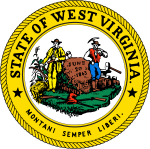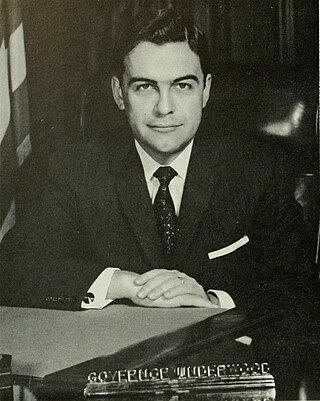
Cecil Harland Underwood was an American Republican Party politician from West Virginia, known for the length of his career.

Arch Alfred Moore Jr. was an American lawyer and Republican politician from West Virginia. He began his political career as a state legislator in 1952. He was elected the 28th and 30th governor of West Virginia, serving from 1969 until 1977 and again from 1985 until 1989, he is the longest-serving West Virginia Governor in state history with 12 years of service. He is the father of U.S. Senator Shelley Moore Capito.

The Solid South or the Southern bloc was the electoral voting bloc of the states of the Southern United States for issues that were regarded as particularly important to the interests of Democrats in those states. The Southern bloc existed between the end of the Reconstruction era in 1877 and the passage of the Civil Rights Act of 1964. During this period, the Democratic Party overwhelmingly controlled southern state legislatures, and most local, state and federal officeholders in the South were Democrats. During the late 1800s and early 1900s, Southern Democrats disenfranchised blacks in all Southern states, along with a few non-Southern states doing the same as well. This resulted essentially in a one-party system, in which a candidate's victory in Democratic primary elections was tantamount to election to the office itself. White primaries were another means that the Democrats used to consolidate their political power, excluding blacks from voting in primaries.

Harry Flood Byrd Sr. was an American newspaper publisher, politician, and leader of the Democratic Party in Virginia for four decades as head of a political faction that became known as the Byrd Organization. Byrd served as Virginia's governor from 1926 until 1930, then represented the state as a U.S. senator from 1933 until 1965. He came to lead the conservative coalition in the Senate, and opposed President Franklin D. Roosevelt, largely blocking most liberal legislation after 1937. His son Harry Jr. succeeded him as U.S. senator, but ran as an Independent following the decline of the Byrd Organization.

Matthew Mansfield Neely was an American Democratic politician from West Virginia. He is the only West Virginian to serve in both houses of the United States Congress and as the Governor of West Virginia. He is also the only person to have held a full term in both Senate seats from the state.
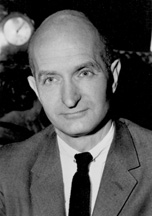
John Dempsey Hoblitzell Jr. was an American politician from West Virginia. He was a member of the Republican Party.

The West Virginia Legislature is the state legislature of the U.S. state of West Virginia. A bicameral legislative body, the legislature is split between the upper Senate and the lower House of Delegates. It was established under Article VI of the West Virginia Constitution following the state's split from Virginia during the American Civil War in 1863. As with its neighbor and former constituent Virginia General Assembly, the legislature's lower house is also referred to as a "House of Delegates."

Okey Leonidas Patteson was the 23rd Governor of West Virginia from 1949 to 1953. He was a member of the United States Democratic Party and of the "machine" that totally controlled politics in that era in the state.
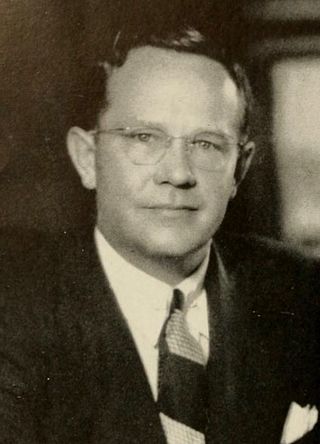
Clarence Watson Meadows was the 22nd Governor of West Virginia from 1945 to 1949. He was the first governor of West Virginia to be born in the 20th century.

Wells Goodykoontz was a Republican politician from the U.S. state of West Virginia who served in the West Virginia Legislature representing Mingo County. He was President of the West Virginia Senate from 1917 to 1919, and a Member of the U.S. House of Representatives from the now-defunct 5th congressional district of West Virginia. He served during the 66th and 67th United States Congresses.

Erland Harold Hedrick, better known as E. H. Hedrick was an American Democratic politician from West Virginia.

Joseph Luther Smith, commonly known as Joe L. Smith, was an American politician, and a member of the Democratic Party from West Virginia.
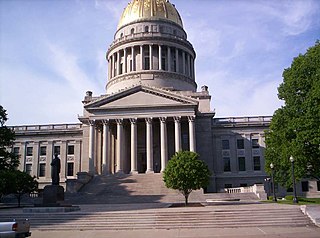
The Government of West Virginia is modeled after the Government of the United States, with three branches: the executive, consisting of the Governor of West Virginia and the other elected constitutional officers; the legislative, consisting of the West Virginia Legislature which includes the Senate and the House of Delegates; and the judicial, consisting of the West Virginia Supreme Court of Appeals and lower courts.

From March 14 to June 11, 1944, voters of the Republican Party selected delegates to the 1944 Republican National Convention for the purpose of selecting their nominee for president in the 1944 election at the 1944 Republican National Convention held from June 26 to June 28, 1944, in Chicago, Illinois.

The 2016 West Virginia gubernatorial election took place on November 8, 2016, to elect the Governor of West Virginia, concurrently with the 2016 U.S. presidential election, as well as elections to the United States Senate in other states and elections to the United States House of Representatives and various state and local elections. The primaries were held on May 10.

The 2020 West Virginia gubernatorial election was held on November 3, 2020, to elect the Governor of West Virginia, concurrently with the 2020 U.S. presidential election, as well as elections to the United States Senate, elections to the United States House of Representatives and various state and local elections.

The 1944 United States presidential election in West Virginia took place on November 7, 1944, as part of the 1944 United States presidential election. West Virginia voters chose eight representatives, or electors, to the Electoral College, who voted for president and vice president.
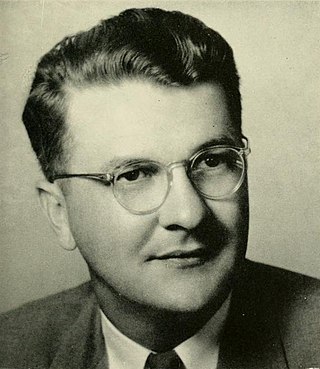
The 1956 United States Senate special election in West Virginia took place on November 6, 1956, to elect a U.S. Senator to complete the unexpired term of Senator Harley M. Kilgore, who died on February 28. 1956. State Tax Commissioner William Laird III was appointed to fill this seat by Governor William C. Marland to fill the vacancy until a special election could be held and assumed office on March 13, 1956.

